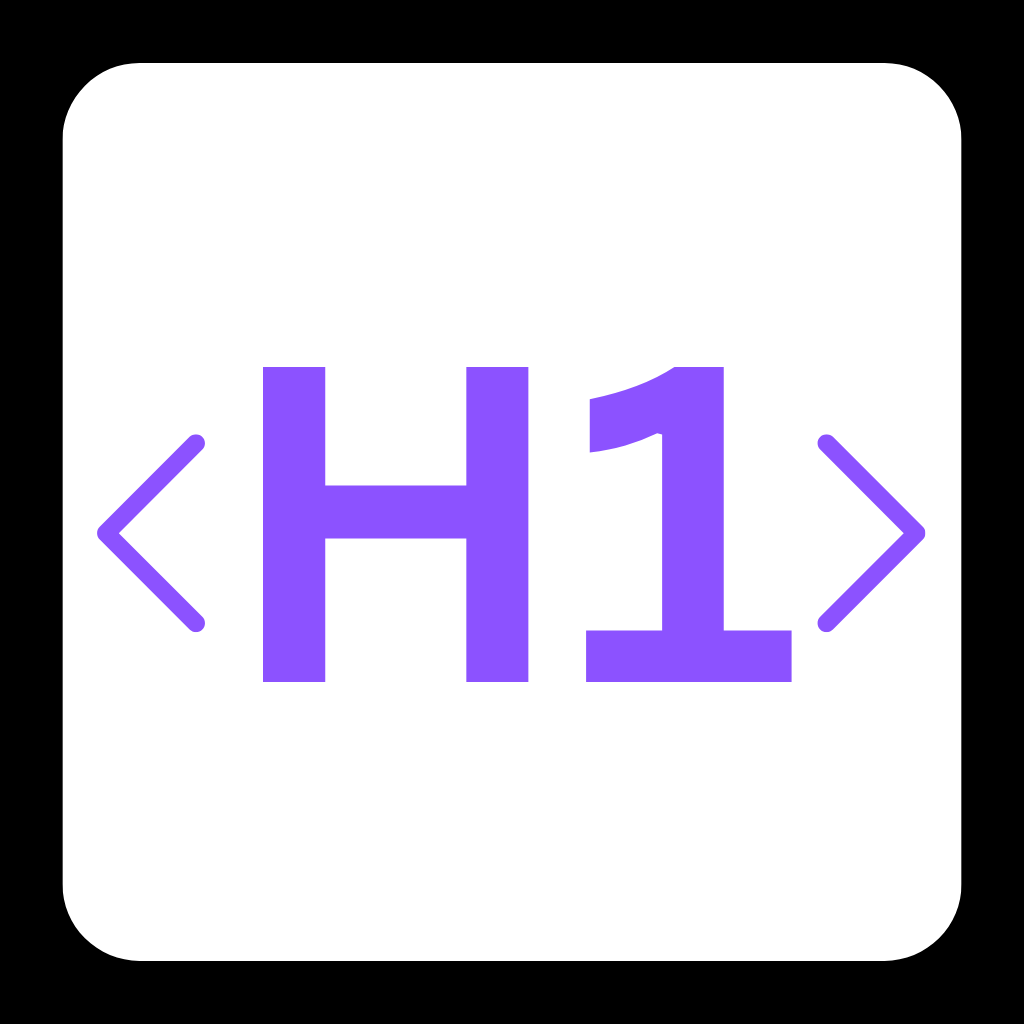Can Artificial Intelligence Truly Transform Pediatric Care Without Compromising Safety?

AI is rewriting the script in healthcare—but what happens when the patients are children? Pediatric care brings a whole new level of complexity, from evolving patient-provider relationships to the critical nuances of privacy as kids become teens and eventually adults. Can artificial intelligence (AI), especially powerful tools like ambient AI and large language models, deliver on its promise and support better care for children without risking safety or confidentiality? Let’s dive in.
🧩 Why Pediatric AI Is a Different Puzzle
- Children Aren’t Just Small Adults: Their healthcare needs shift rapidly as they grow, making it vital to "engage with the right person at the right time"—whether that’s the child, a parent, or another caregiver.
- The Conversation Is Crowded: Unlike adult medicine’s one-to-one provider-patient chats, pediatric appointments often spill over with entire families, siblings, multiple providers, and lots of noise—both literally (crying infants!) and figuratively (complex family dynamics).
- Privacy Gets Tricky: As young patients move from childhood into adolescence, confidentiality takes center stage. Who gets access to what in the chart or portal? How—and when—do you transition that control?
- Data Challenges: Pediatric data sets are much smaller and more tightly protected than adult datasets, making it tougher to train robust AI models. Plus, most kids are healthy, so there’s less data on rare or complex conditions.
🤖 The Solution: AI Tailored to Kids and Families
Dr. Natalie Pageler at Stanford Medicine Children's Health outlines a future where AI doesn’t just automate busywork—it amplifies the value of each patient encounter. Here’s how:
- ✅ Smarter Conversations: Natural language processing (NLP) distinguishes whether a message is from a parent, caregiver, or the child, and adapts both privacy and engagement accordingly.
- ✅ Automated Scribing That Actually Works: Ambient AI records nuanced, multi-person pediatric interactions—capturing both what’s said and the often-unspoken emotional or behavioral cues that can make or break a diagnosis.
- ✅ Precision Medicine on the Horizon: In genomics and other specialties, AI may personalize care even with relatively sparse pediatric data. Stanford is already seeing AI’s promise in supporting precise care and advancing fields like early autism diagnosis.
- ✅ Scaling Support & Reducing Burnout: Automated reviews of reports, clinical notes, and patient interactions flag important issues for providers, freeing up time for direct, meaningful patient and family connection.
🚧 Roadblocks: When AI Hits the Playground Walls
- 🚧 Whose Data Is It Anyway? Most available health data is adult-centered, making pediatric AI difficult to build—and highlighting the need for investment in better, secure pediatric data sets.
- 🚧 Complex Testing Required: Models that work on adults cannot be assumed to work for children; from newborns to teens, physiology and behavior shift fast. As Dr. Pageler notes, “Adult-trained algorithms must undergo rigorous testing across different age groups.”
- 🚧 Privacy and Access: Pediatric care brings extra layers of confidentiality. Automated note-taking and scribing means providers need tools to double-check what’s captured—and to control who can see what, especially as children age into adolescence.
- ⚠️ Implementation Hurdles: For AI to be meaningful, the right intervention has to be chosen. For example, AI can predict missed appointments, but organizations must act with reminders or support—like arranging for child care—not just overbook clinics.
🦾 The Path Forward: Maximizing Value Without the Pitfalls
For pediatric AI to truly add value, healthcare orgs must:
- ✅ Involve Pediatric Voices: Providers, patients, and families should be engaged early in tech development and deployment, not just after the fact.
- ✅ Understand and Build Better Data: Address gaps in pediatric datasets and rigorously protect privacy as kids transition to adulthood.
- ✅ Test, Test, Test: Algorithms must be validated across different ages and developmental stages before widespread use. Just because a smartwatch works for older teens doesn’t mean it’s suitable for toddlers.
- ✅ Use AI as a Tool, Not a Crutch: Ultimately, pediatricians’re required to contextualize what AI finds—and to ensure solutions are family-centered, not efficiency-driven at families’ expense.
AI is already starting to show promise in imaging, clinical decision support, and even behavioral diagnosis like autism. As Dr. Pageler sums up, these are untapped opportunities to transform how children and families engage with healthcare—so long as safety, privacy, and relationships remain at the heart.
🚀 Final Thoughts: Will AI in Pediatrics Deliver on Its Potential?
- ✅ AI is poised to make pediatric care more precise, efficient, and family-centric—but success depends on robust data, sensitive implementation, and ongoing oversight.
- 📉 Without careful testing and safeguards, AI could introduce new privacy or safety risks unique to this vulnerable population.
- 🚀 The potential for ambient AI, decision support, and smart automation in pediatrics is enormous—but the pathway must be walked with care, kids’ unique needs in focus every step of the way.
What do you think? Can AI make pediatric healthcare better for kids and families, or are we moving too quickly into uncharted territory?
Let us know on X (Former Twitter)
Sources: Bill Siwicki. Applying AI in pediatric care requires careful consideration, June 5, 2025. https://www.healthcareitnews.com/news/applying-ai-pediatric-care-requires-careful-consideration










